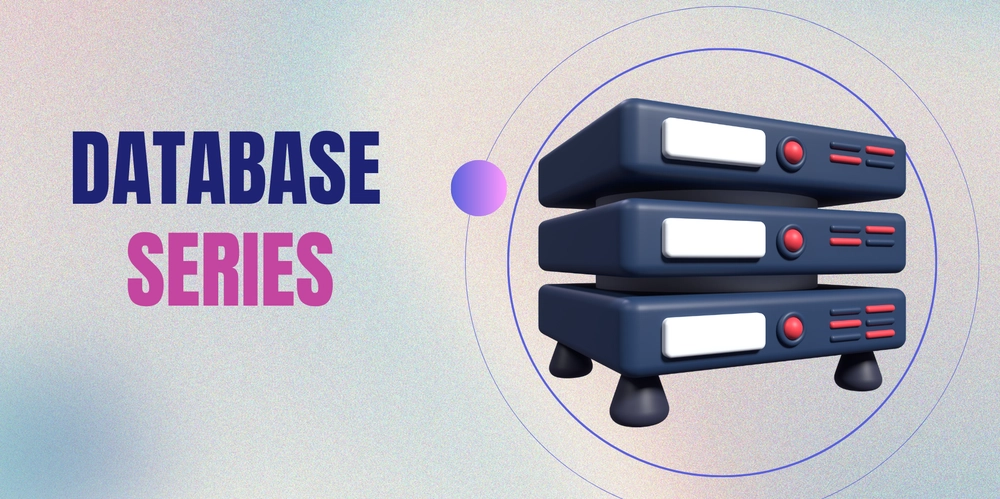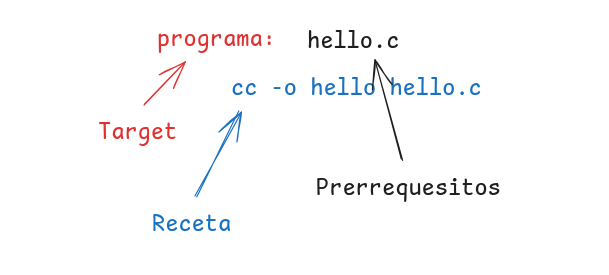What is SQL? A Simple Introduction to Structured Query Language
What is SQL? SQL (Structured Query Language) is a programming language used to interact with databases. It allows you to create, read, update, and delete data (CRUD operations) in a database. With SQL, you can efficiently retrieve specific data from even the largest datasets. Why is SQL Important? SQL is the backbone of most database-driven applications. From querying user profiles to analyzing massive datasets, SQL is a must-have skill for developers, analysts, and data scientists. Basic SQL Syntax Here’s a breakdown of SQL’s main components: SELECT: Retrieves data from a table. INSERT: Adds new data to a table. UPDATE: Modifies existing data in a table. DELETE: Removes data from a table. Examples of SQL in Action SELECT Query: Retrieve all users from the users table. SELECT * FROM users; INSERT Query: Add a new user to the table. INSERT INTO users (Name, Email, Age) VALUES ('Charlie', 'charlie@example.com', 27); UPDATE Query: Update the age of a specific user. UPDATE users SET Age = 28 WHERE Name = 'Charlie'; DELETE Query: Remove a user from the table. DELETE FROM users WHERE Name = 'Charlie'; Challenge: Try It Yourself Scenario: You’re working with a products table that looks like this: ProductID ProductName Price Stock 1 Laptop 800 20 2 Phone 500 50 Write a query to update the stock for "Laptop" to 18. Write a query to retrieve all products with a price greater than €600. Think About It SQL is considered declarative, meaning you specify what data you want, not how to get it. Why do you think this approach is so powerful? Can you think of a scenario where SQL might not be the best tool (hint: consider unstructured data)?

What is SQL?
SQL (Structured Query Language) is a programming language used to interact with databases. It allows you to create, read, update, and delete data (CRUD operations) in a database. With SQL, you can efficiently retrieve specific data from even the largest datasets.
Why is SQL Important?
SQL is the backbone of most database-driven applications. From querying user profiles to analyzing massive datasets, SQL is a must-have skill for developers, analysts, and data scientists.
Basic SQL Syntax
Here’s a breakdown of SQL’s main components:
SELECT: Retrieves data from a table.
INSERT: Adds new data to a table.
UPDATE: Modifies existing data in a table.
DELETE: Removes data from a table.
Examples of SQL in Action
- SELECT Query: Retrieve all users from the
userstable.
SELECT * FROM users;
- INSERT Query: Add a new user to the table.
INSERT INTO users (Name, Email, Age)
VALUES ('Charlie', 'charlie@example.com', 27);
- UPDATE Query: Update the age of a specific user.
UPDATE users
SET Age = 28
WHERE Name = 'Charlie';
- DELETE Query: Remove a user from the table.
DELETE FROM users
WHERE Name = 'Charlie';
Challenge: Try It Yourself
Scenario: You’re working with a products table that looks like this:
| ProductID | ProductName | Price | Stock |
|---|---|---|---|
| 1 | Laptop | 800 | 20 |
| 2 | Phone | 500 | 50 |
- Write a query to update the stock for "Laptop" to 18.
- Write a query to retrieve all products with a price greater than €600.
Think About It
SQL is considered declarative, meaning you specify what data you want, not how to get it. Why do you think this approach is so powerful?
Can you think of a scenario where SQL might not be the best tool (hint: consider unstructured data)?











































































































































































![[The AI Show Episode 142]: ChatGPT’s New Image Generator, Studio Ghibli Craze and Backlash, Gemini 2.5, OpenAI Academy, 4o Updates, Vibe Marketing & xAI Acquires X](https://www.marketingaiinstitute.com/hubfs/ep%20142%20cover.png)




























































































































![[DEALS] The Premium Learn to Code Certification Bundle (97% off) & Other Deals Up To 98% Off – Offers End Soon!](https://www.javacodegeeks.com/wp-content/uploads/2012/12/jcg-logo.jpg)


![From drop-out to software architect with Jason Lengstorf [Podcast #167]](https://cdn.hashnode.com/res/hashnode/image/upload/v1743796461357/f3d19cd7-e6f5-4d7c-8bfc-eb974bc8da68.png?#)








































































































.png?#)

































_Christophe_Coat_Alamy.jpg?#)
 (1).webp?#)





































































































![Apple Considers Delaying Smart Home Hub Until 2026 [Gurman]](https://www.iclarified.com/images/news/96946/96946/96946-640.jpg)
![iPhone 17 Pro Won't Feature Two-Toned Back [Gurman]](https://www.iclarified.com/images/news/96944/96944/96944-640.jpg)
![Tariffs Threaten Apple's $999 iPhone Price Point in the U.S. [Gurman]](https://www.iclarified.com/images/news/96943/96943/96943-640.jpg)


































































































































![[FR] Qu'est ce que le changement de cap d'Angular 15+ a apporter](https://media2.dev.to/dynamic/image/width=800%2Cheight=%2Cfit=scale-down%2Cgravity=auto%2Cformat=auto/https%3A%2F%2Fdev-to-uploads.s3.amazonaws.com%2Fuploads%2Farticles%2Fi0utarwalwobt11iuv7c.jpg)

